Sikorsky H-34 Choctaw: Vietnam War’s Unsung Hero?
January 13th, 2024
8 minute read
In today’s article, Dr. Will Dabbs takes a look at the Sikorsky H-34 helicopter. As an Army aviator, Dabbs has a unique view on these versatile aircraft. Used by all branches of the U.S. military, they had various designations depending on which branch they were in and which naming convention standards were in play at the time. To reduce confusion, we have used the term H-34 to refer to the general line of helicopters and used specific designations to ID specific models where important.
The setting was the A Shau Valley in South Vietnam during the summer of 1968. A six-man MACV-SOG spike team was pinned down, cut off and being chewed to pieces. With the attacking NVA now overrunning their position, the SF team leader called in fire from an orbiting A-1 Skyraider on his own position.
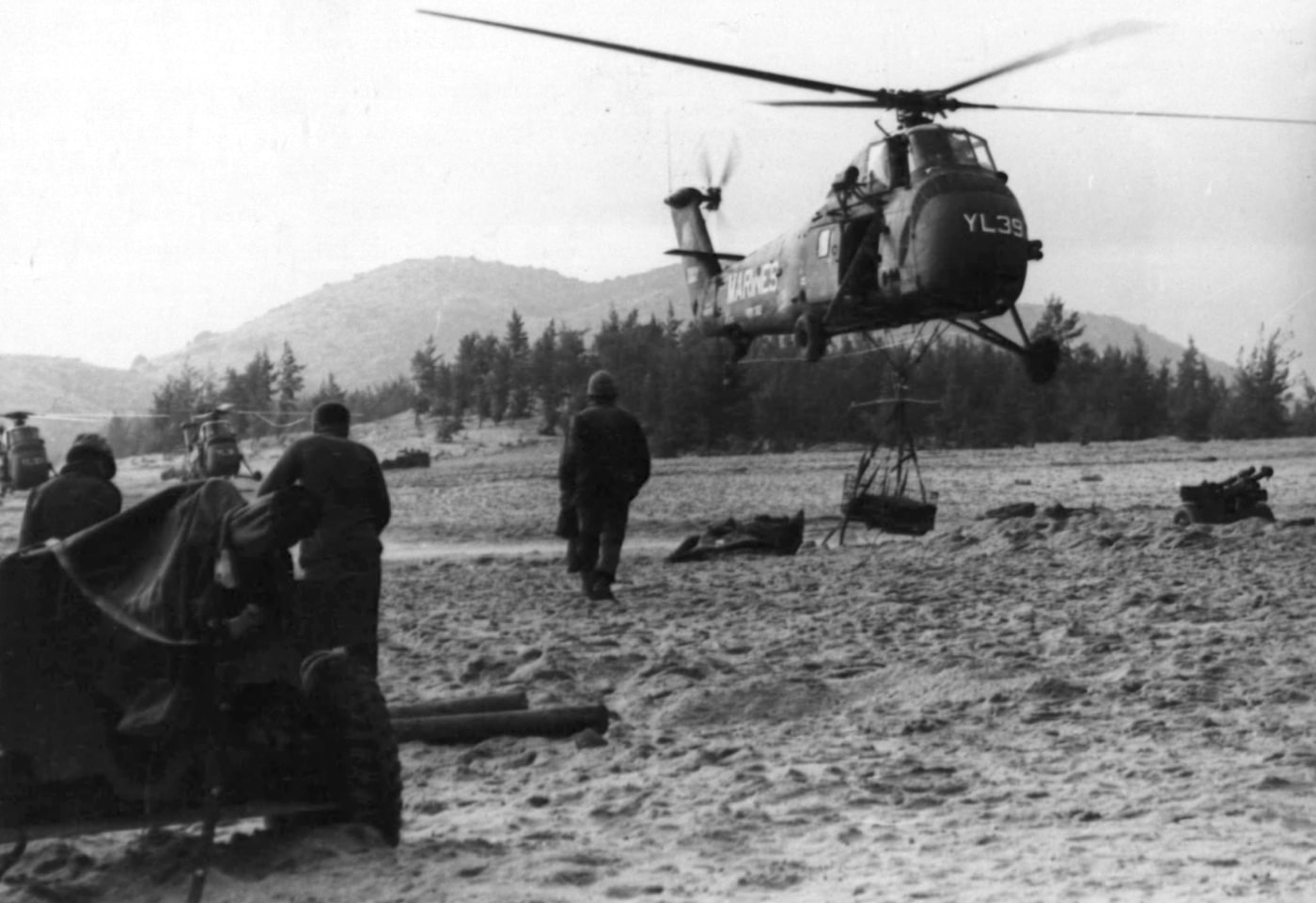
The airstrike severely wounded the team leader and killed another SF operator outright. It also blew the radio operator’s right leg off. In the aftermath of the strike, an NVA soldier shot a fourth Green Beret four times in the chest. The only man left sufficiently intact to take charge was the SF medic.
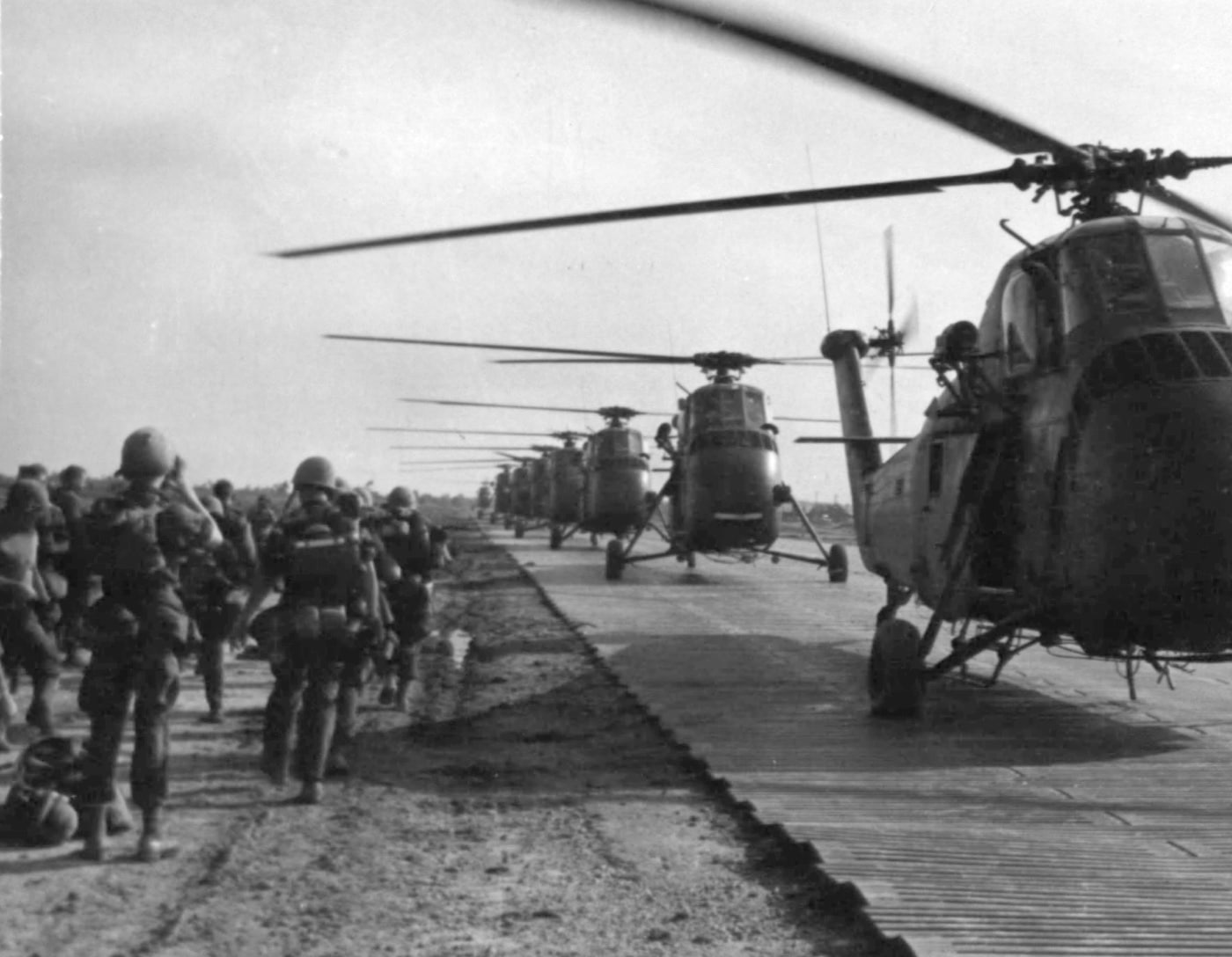
The medic shot and killed the NVA soldier who had just taken out his buddy, worked the radio, organized the defense, and stabilized the wounded. The only pilot crazy enough to attempt an extraction under such dire circumstances was South Vietnamese Capt. Thinh Dinh. Capt. Dinh was piloting an antiquated Kingbee version of the H-34 Choctaw helicopter.
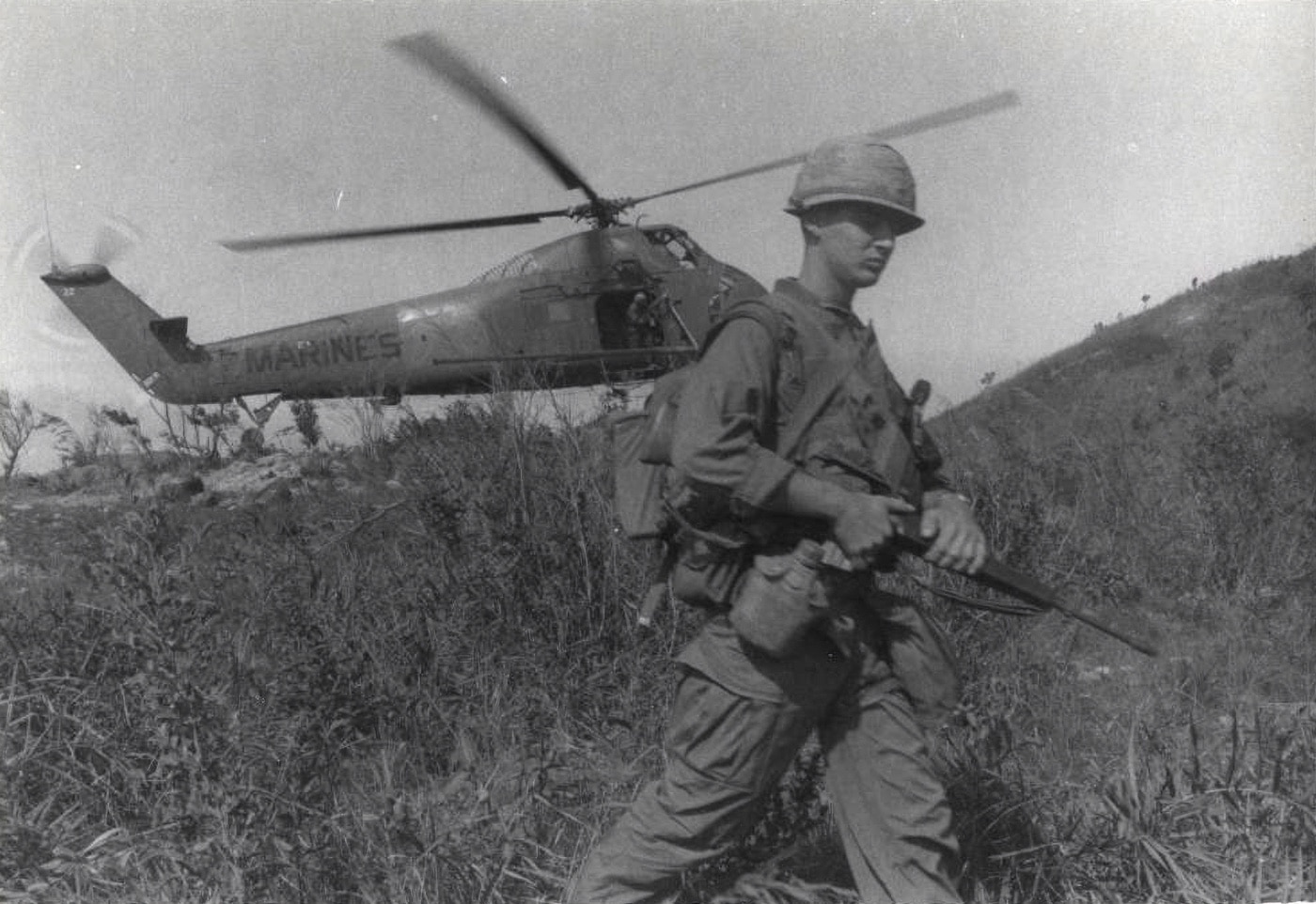
In a world liberally populated with Hueys, Cobras, Loaches and Chinooks, the piston-driven H-34 was lyrically obsolete. However, it was the only thing available piloted by the only handy lunatic willing to lay it all on the line.

The fat ugly helicopter plopped into a nearby clearing as the medic worked to get his comrades aboard. Once he had all five wounded SF troopers loaded up, Capt. Dinh lifted off. The WWII-vintage engine was screaming, but there just wasn’t enough horsepower to lift the shot-up SF guys and the medic as well. He’d have to wait alone for a follow-up bird. And then two other inbound aircraft aborted because of insane amounts of ground fire. This brave medic was going to die in that clearing, and it looked like there was nothing to be done about it. However, Capt. Dinh felt otherwise.
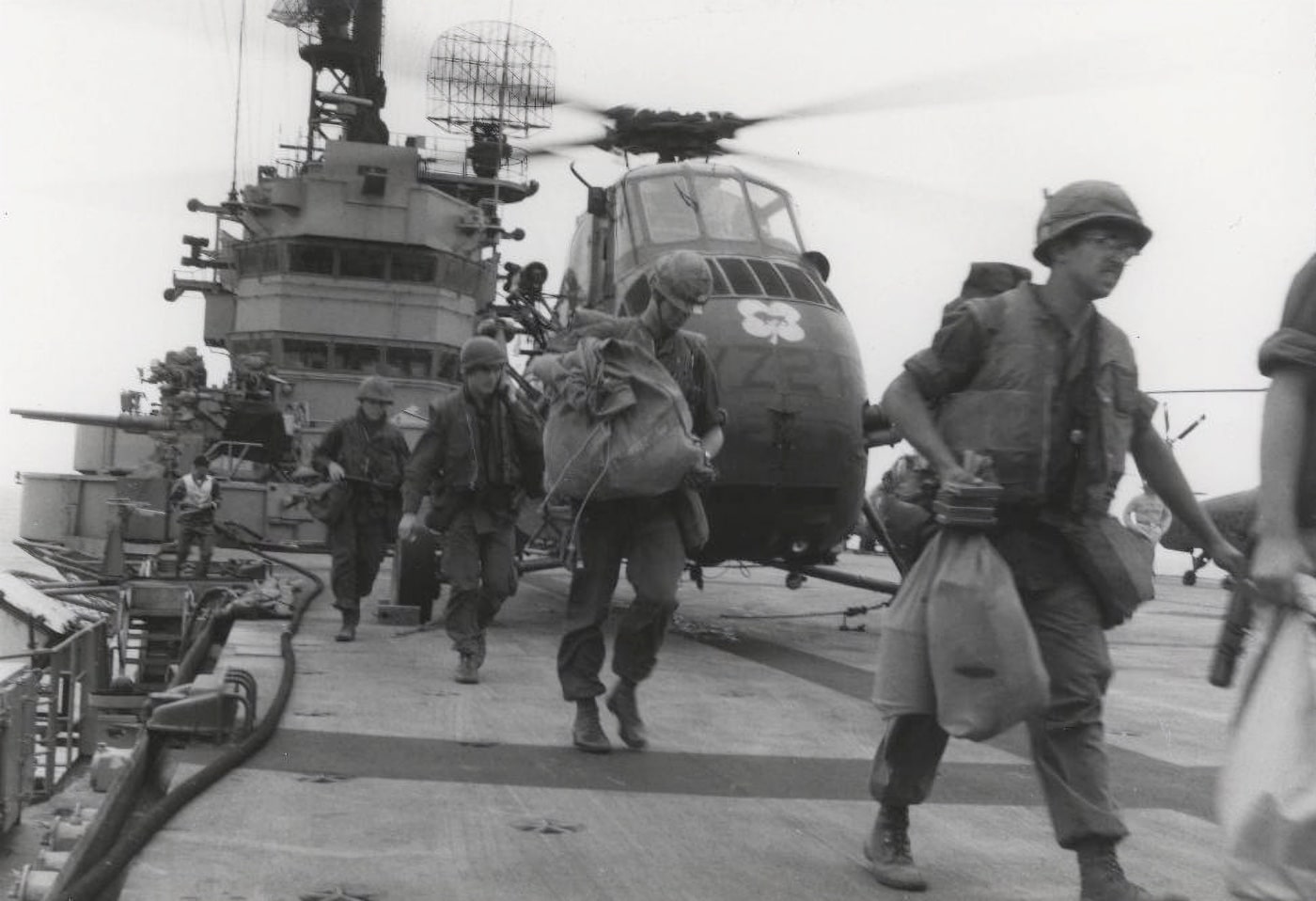
This extraordinary South Vietnamese pilot torqued his antiquated overloaded aircraft back around and headed back to the LZ. He landed once again long enough for the medic to climb aboard, but now he lacked the power to take off. In desperation, Capt. Dinh pivoted the big shot-up helo around on its forward landing gear struts and pointed the nose downhill. He accelerated across the LZ until reaching effective translational lift and barely cleared the trees. Capt. Dinh is the reason the medic survived to see another sunrise.
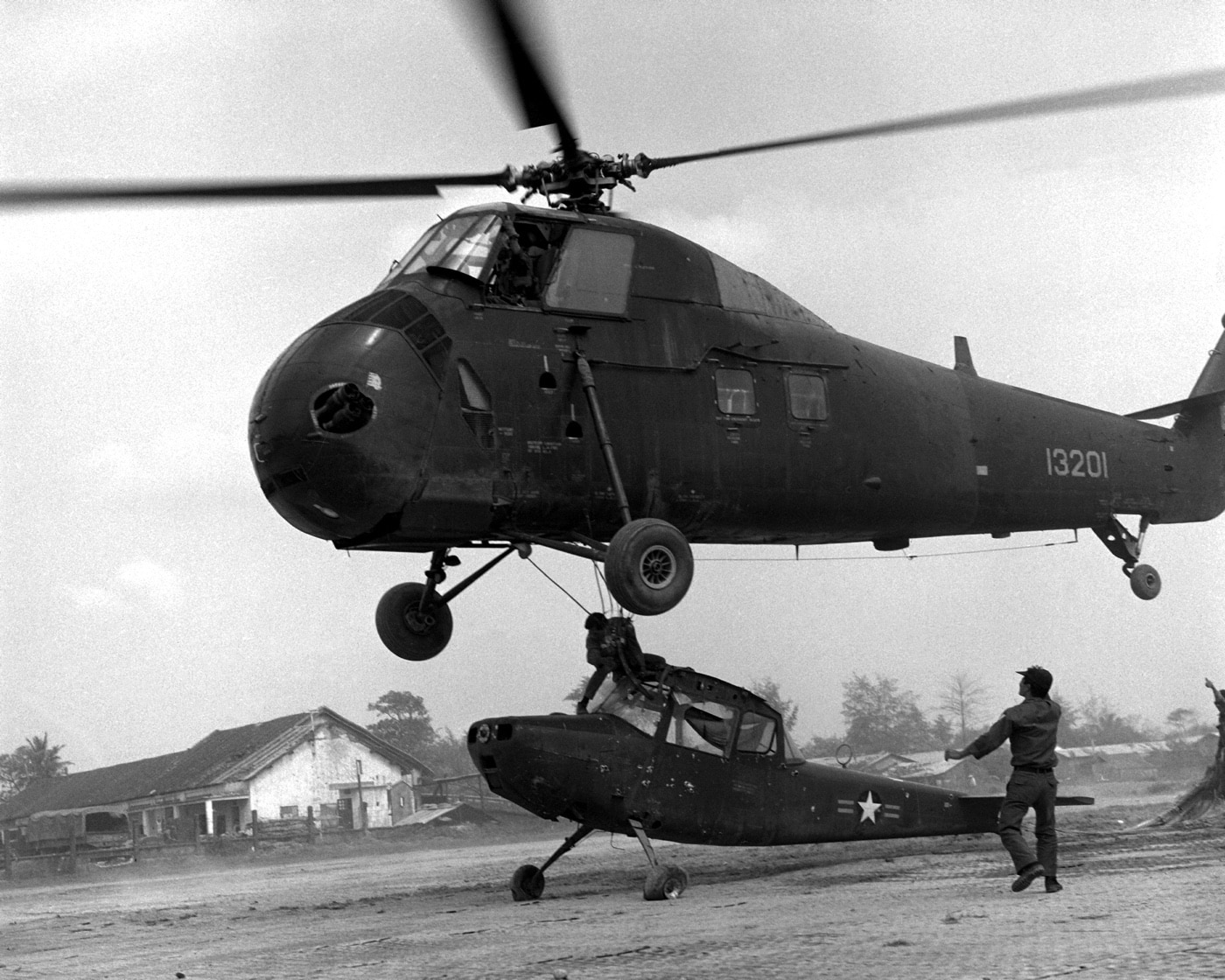
The valiant medic was SP4 John Walton, son of department store magnate Sam Walton. Once he got home, John started a couple of profoundly successful companies of his own before diving into the Walmart empire. By his mid-50s, John Walton was the 4th richest man in America and the 11th richest person in the world. He was also, by all accounts, a really good guy. Tragically, John Walton perished in 2005 at age 58 when he crashed an ultralight airplane near the Jackson Hole, Wyoming, airport.
The Sikorsky Helicopter
The antique helicopter that Capt. Dinh used to save John Walton’s life in the A Shau was the Sikorsky H-34 Choctaw. First introduced in 1954, the H-34 was powered by a single Wright R-1820-84 Cyclone engine, essentially the same powerplant that was used on the Boeing B-17 Flying Fortress. The H-34 was originally designed as an anti-submarine warfare platform to be operated off of aircraft carriers.

Despite its ungainly demeanor, the H-34 was profoundly successful. It remained in production from 1953 until 1970 and was utilized by the militaries of 25 different nations. In American service, the H-34 recovered astronauts and transported Presidents. The aircraft was re-engined with a turboshaft powerplant and produced under license in the UK as the Westland Wessex.
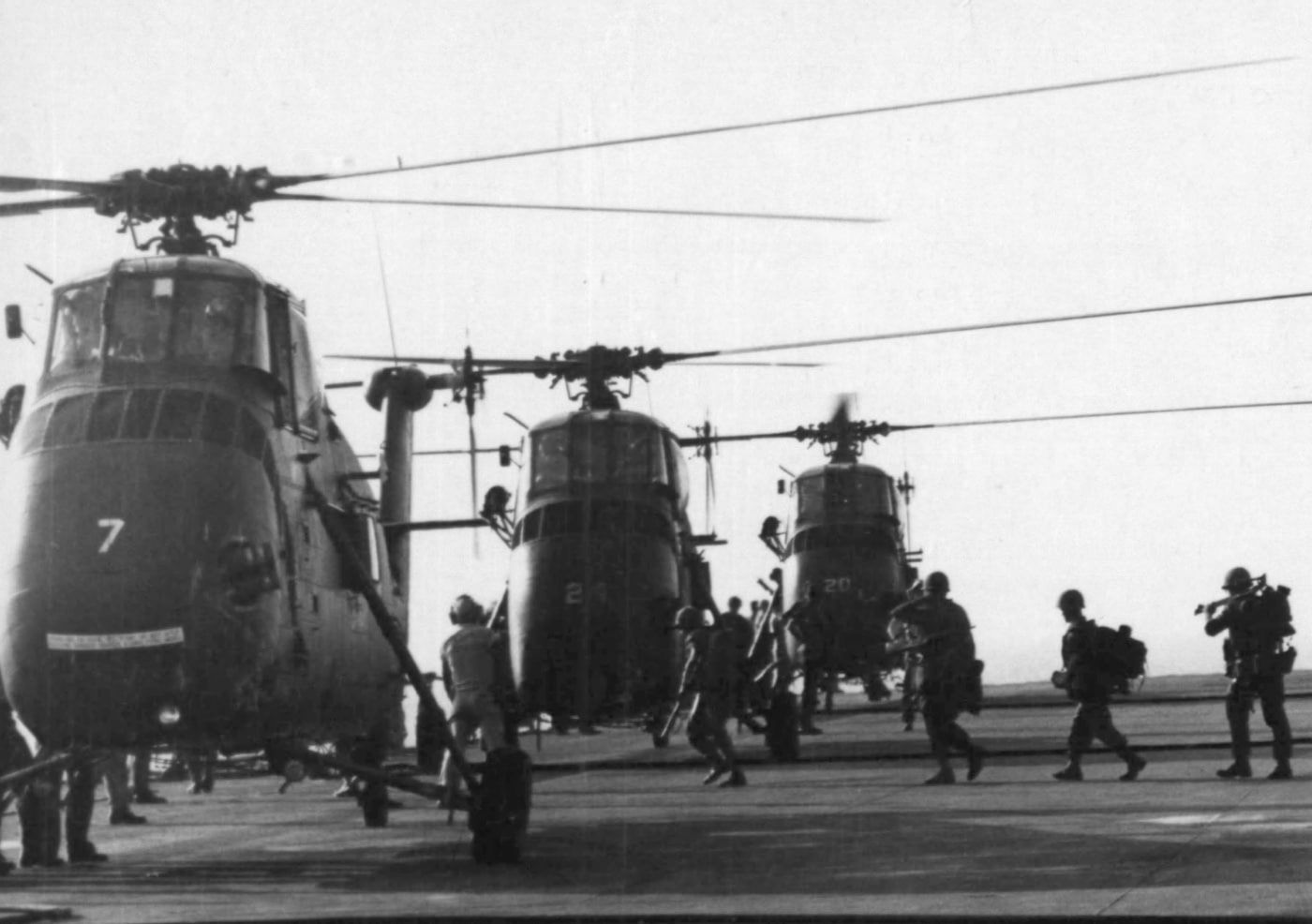
The H-34 was characterized by its unusually high cockpit set well above the crew compartment. The drive shaft from the big radial engine passed between the pilots. Some 2,108 copies were produced.
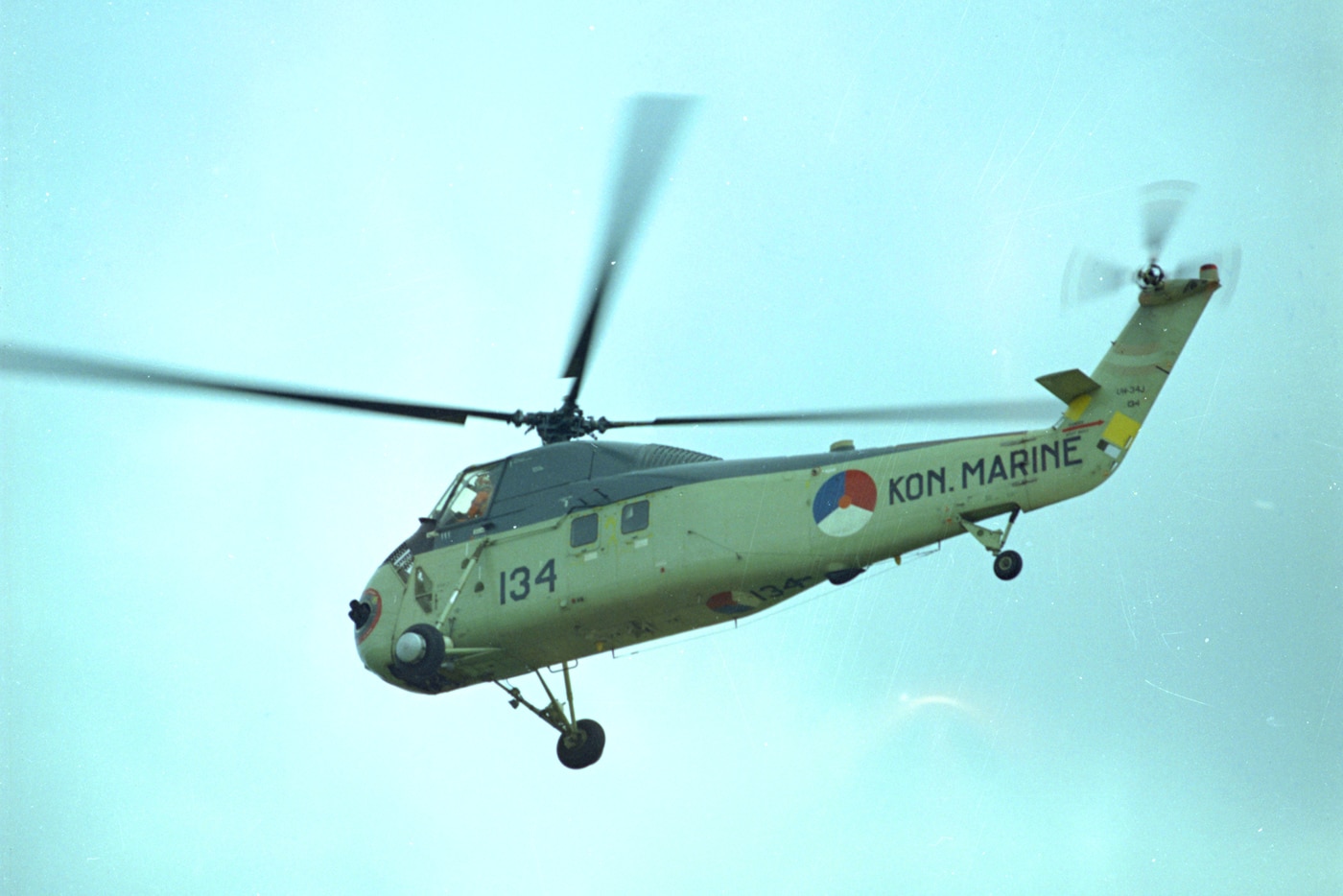
The H-34 turned out to be an exceptionally versatile design. Dependent upon environmental conditions, it could carry between 12 and 16 combat troops, or eight litters. However, the hot environment of Vietnam strained the machine. Though the H-34 did not fly in Vietnam with U.S. Army forces, it did see service with the U.S. Marines as the CH-34 and UH-34, and there were several airframes gifted to the Republic of Vietnam Air Force.
The combat-proven radial engine was easier to maintain in an austere environment than were the newer turbine powerplants of the day. This led the U.S. Marine Corps to make extensive use of the type early in the war as both a troop transport and gunship. The armed version of the H-34 carried two M-60C belt-fed machineguns along with a pair of 19-shot 2.75-inch rocket pods.
Precious Cargo Lost
We take spaceflight for granted these days. Rockets both government and otherwise ferry folks into space for work and play. Back in July of 1961, however, spaceflight was a really big deal.
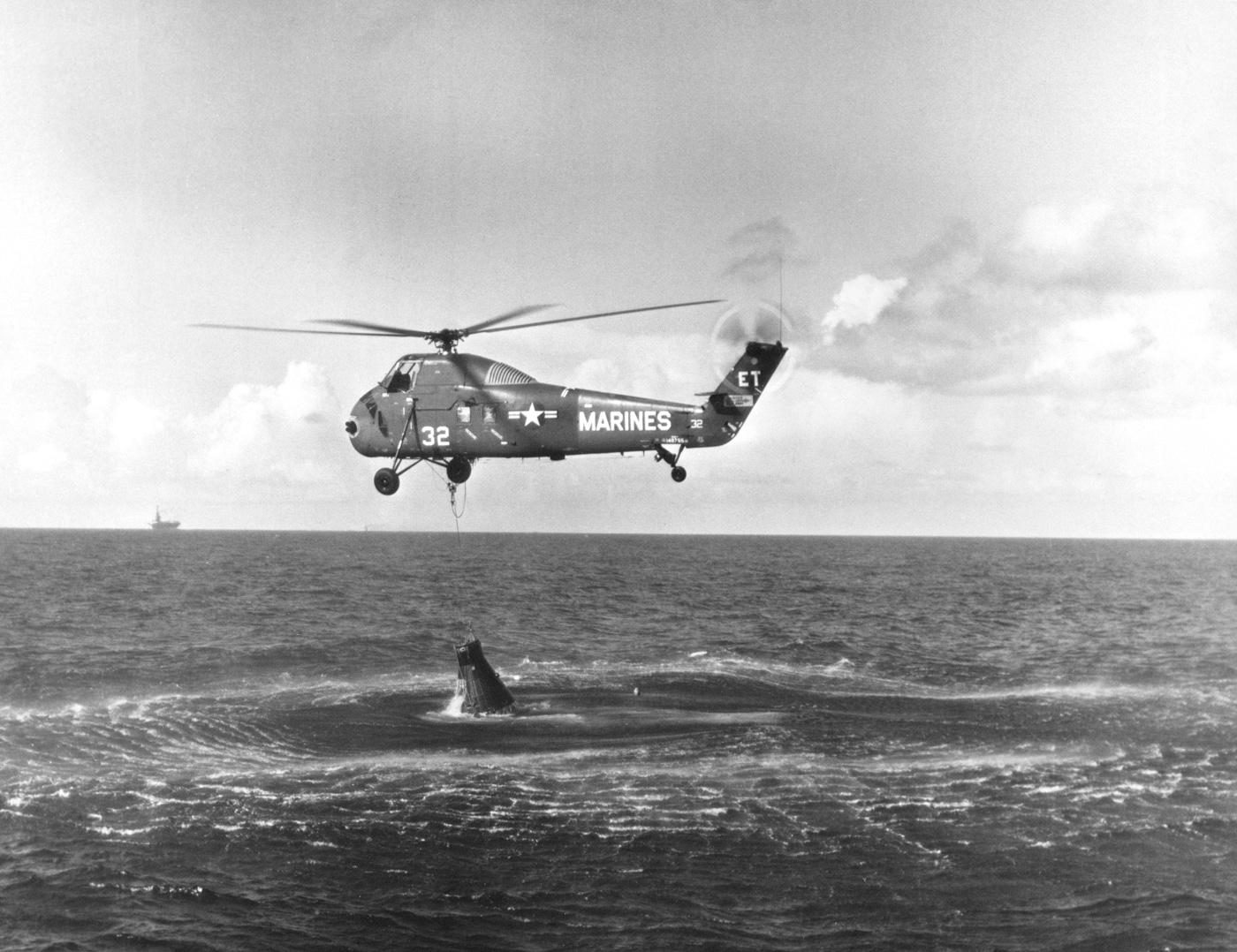
On that fateful day, NASA astronaut Virgil “Gus” Grissom strapped into the Mercury capsule #11 christened Liberty Bell 7 for a quick trip into space. The launch was uneventful. His flight lasted all of 15 minutes 30 seconds and terminated with a splashdown 262.5 miles downrange in the Atlantic Ocean. The Mercury capsule weighed 2,835 lbs. at launch.
As you might imagine, a lot of really smart folks had capably done the math. The recovery plan involved an H-34 helicopter hooking up to the Liberty Bell 7 and lifting it as a slingload to a nearby aircraft carrier. Everything about the mission went as advertised until it was time to retrieve the spacecraft and Grissom from the chilly waters of the Atlantic.
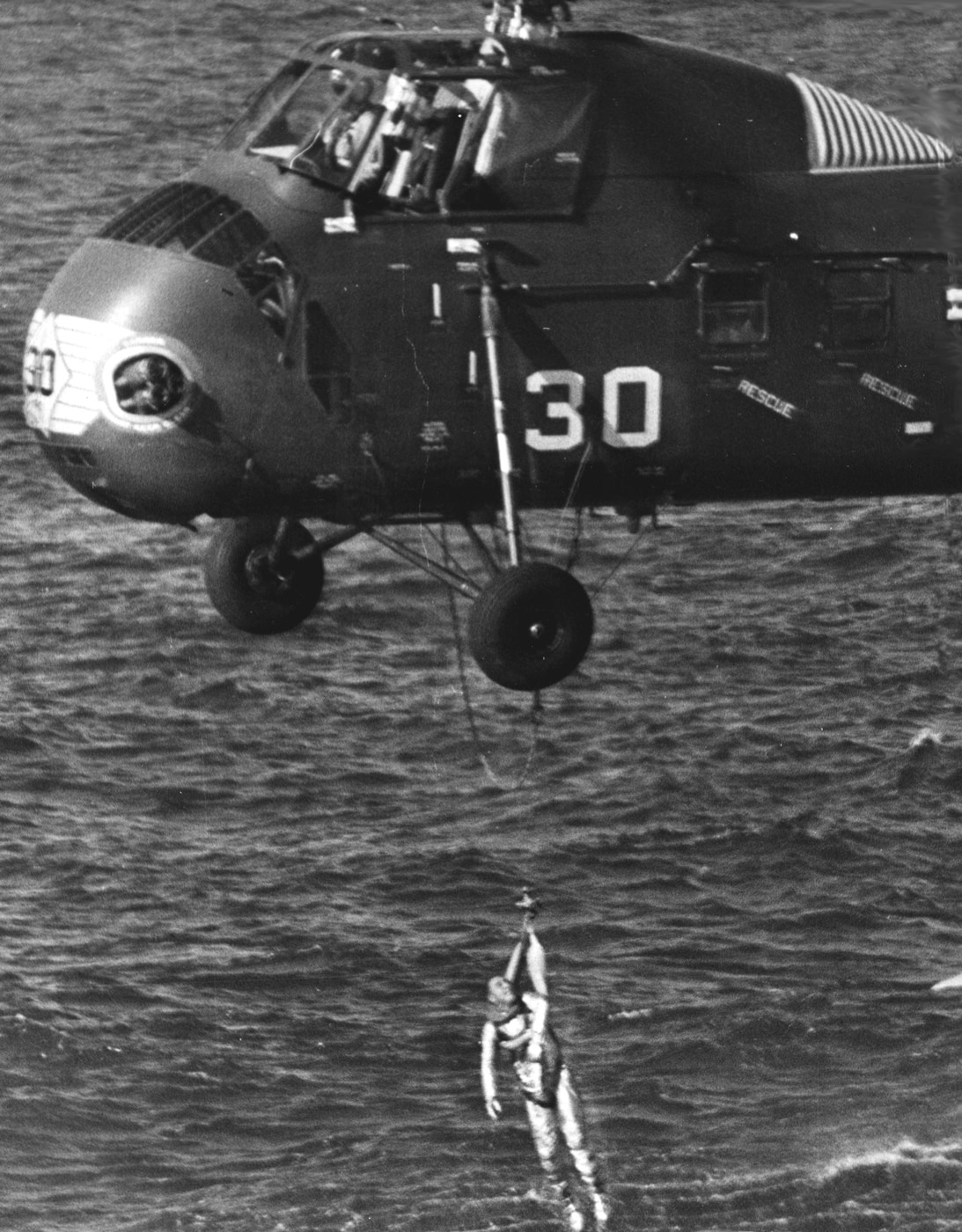
The Mercury capsule was profoundly cramped. Getting in and out of the thing was a Gordian chore that typically required external assistance. In an effort at facilitating the astronaut’s egress in an emergency, NASA engineers equipped the capsule with explosive bolts on the hatch seal.
The 23-lb. hatch was secured with a series of 70 titanium bolts. Each bolt was drilled and filled with something called MDF, or “Mild Detonating Fuse”. When conflagrated, this MDF would cause each bolt to explosively fail in tension, propelling the hatch some 25 feet away and allowing the astronaut to escape the capsule. With the Liberty Bell 7 secured to the hovering H-34, the hatch blew unexpectedly, allowing the capsule to fill with water.
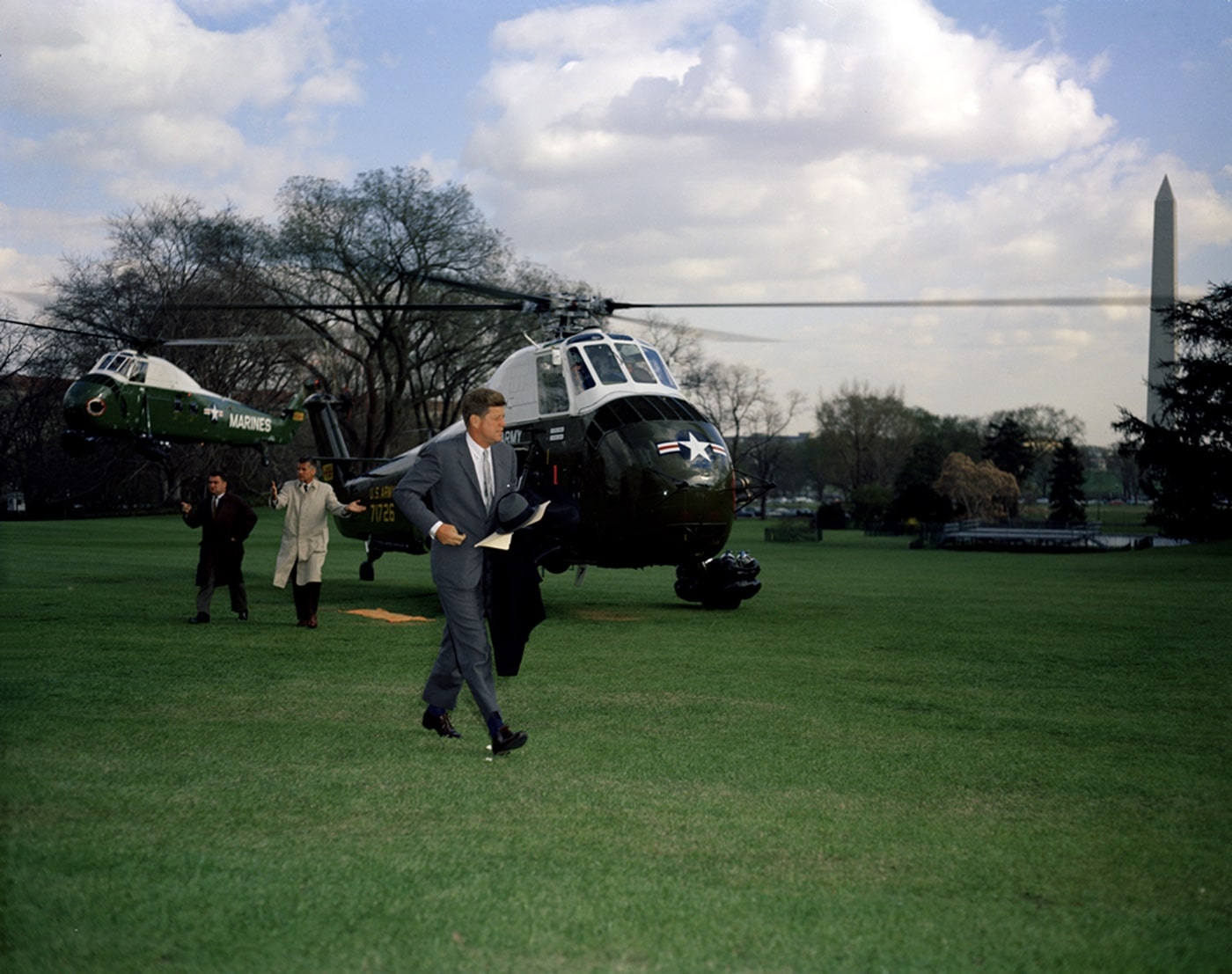
Grissom successfully egressed the spacecraft, but the weight margins were tight. Once filled with water, the capsule weighed around 5,000 pounds, more than 1,000 pounds over the H-34’s payload capacity. The H-34 pilot reluctantly punched the capsule off, and it sank in 16,000 feet of water.
In the aftermath of the loss of the capsule, Grissom was accused of having inadvertently triggered the charge. He steadfastly denied the accusation. A rethink of space capsule hatches to an inward-opening design ultimately contributed to Grissom’s death in the tragic launchpad fire of Apollo 1 six years later in 1967.
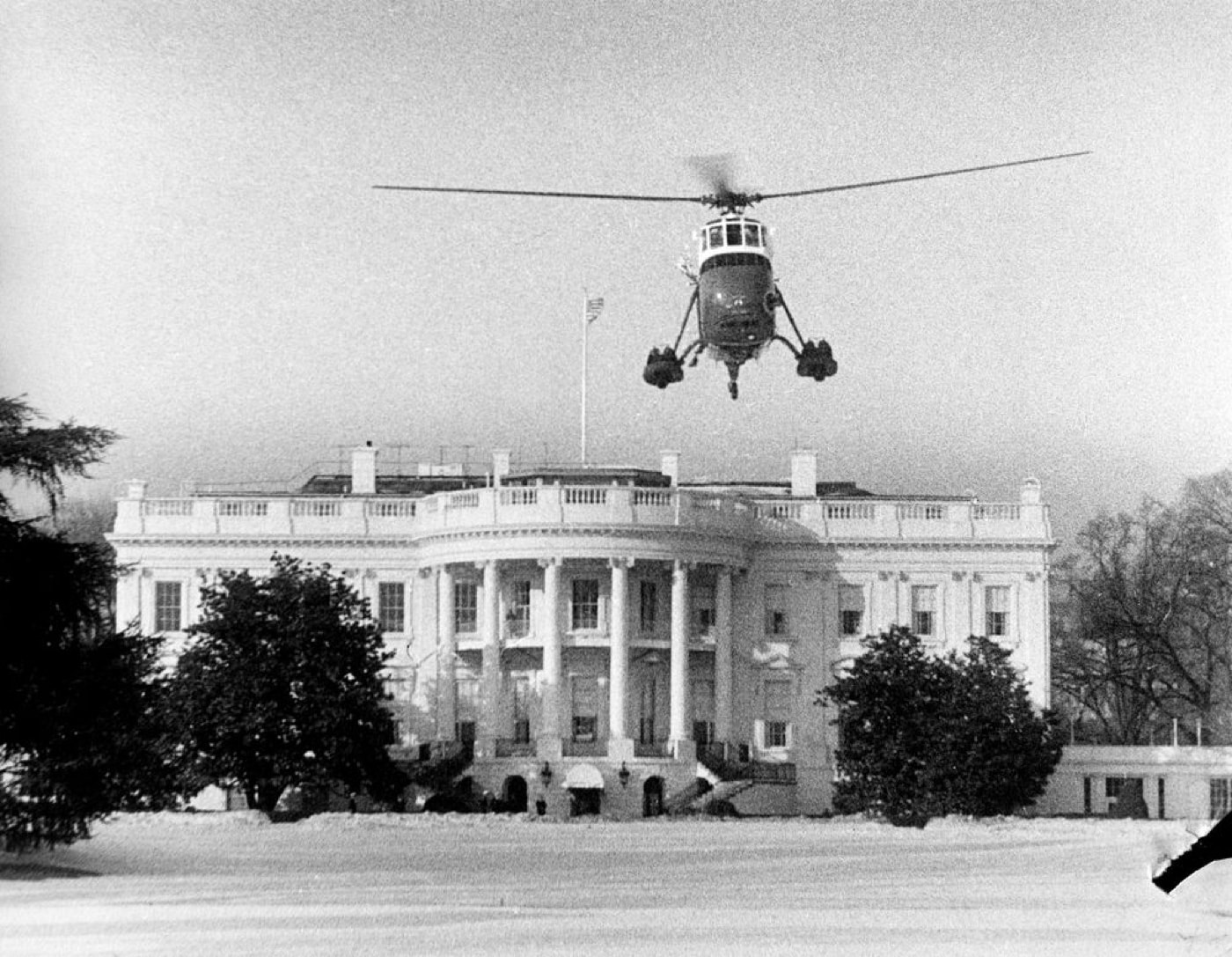
It was later postulated that the explosive bolts were likely ignited via static electricity from the hovering helicopter. Rotary-wing aircraft behave like huge Van der Graaf generators and produce powerful static electrical potentials. The capsule was eventually recovered from the ocean floor in 1999 and restored. It is on display at the Cosmosphere in Hutchinson, Kansas, today.
H-34 Choctaw Technical Specifications
- Length: 47′
- Height: 14′
- Max Takeoff Weight: 11,867 lbs
- Engine: Wright R-1820-84 Cyclone producing 1,525 hp
- Main Rotor Diameter: 56′
- Max Speed: 106 knots/122 mph
- Service Ceiling: 12,000′
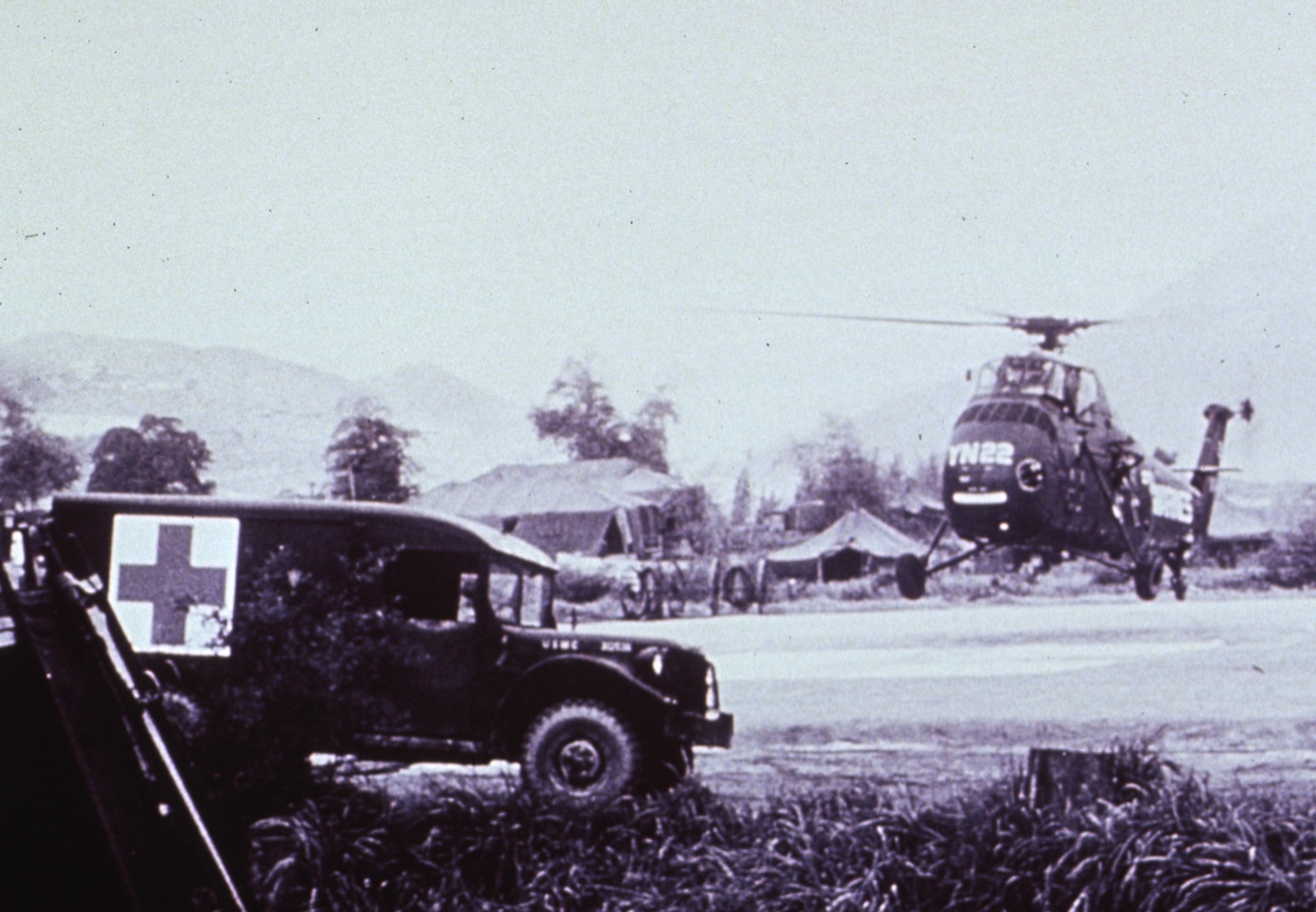
Conclusion
The H-34 Choctaw has seen service in both military and civil capacities around the world. Despite looking like a pregnant potato, the objectively ugly aircraft was respected by its crews. While the Hueys, Cobras, Blackhawks, Apaches, and Chinooks ultimately overshadowed it, the H-34 Choctaw played an outsized role in the evolution of modern rotorcraft.
Editor’s Note: Please be sure to check out The Armory Life Forum, where you can comment about our daily articles, as well as just talk guns and gear. Click the “Go To Forum Thread” link below to jump in and discuss this article and much more!
Join the Discussion
Continue Reading
Did you enjoy this article?

 590
590








